Making Media Object Icons on the Max Graphics Computer
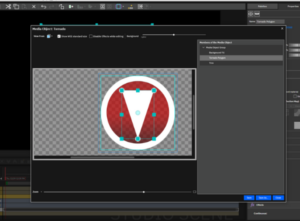
Every Max weather graphics computer installed by The Weather Company, an IBM Business, includes a complete set of professionally produced icons that can be used in Earth, Studio, and Max Reality scenes. Many of the icons are animated, making the on-air presentation more dynamic.
Like most options in Max, icons can be customized to match the station brand. New designs created by graphic artists can be imported into the system. Additionally, existing icons and elements can be combined to create genuinely unique visualizations called Media Objects.
Media Object icons are a powerful and relatively simple way of customizing the weather presentation and differentiating the weather coverage from the competition. Here are a few examples:
Combine the existing weather icons in Max to create new combinations for the extended forecast.
![]()
Import original content created by the art department to produce truly unique icons.
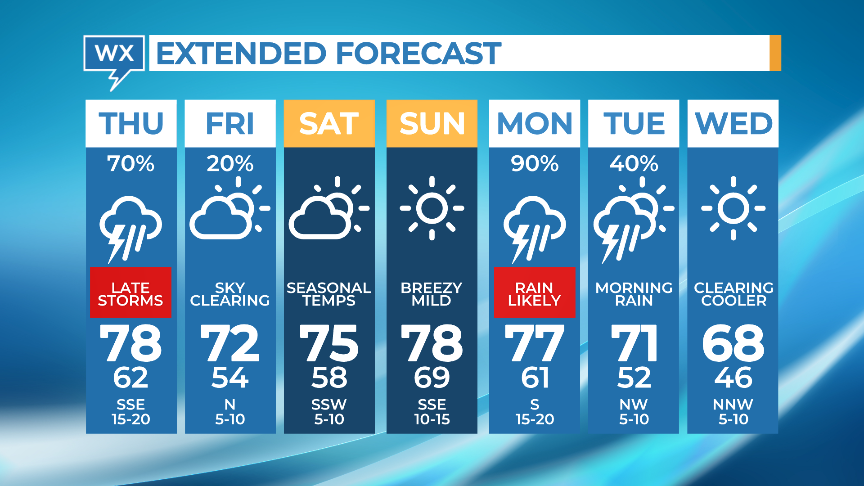
Create animated highs and lows for the daily weather map.
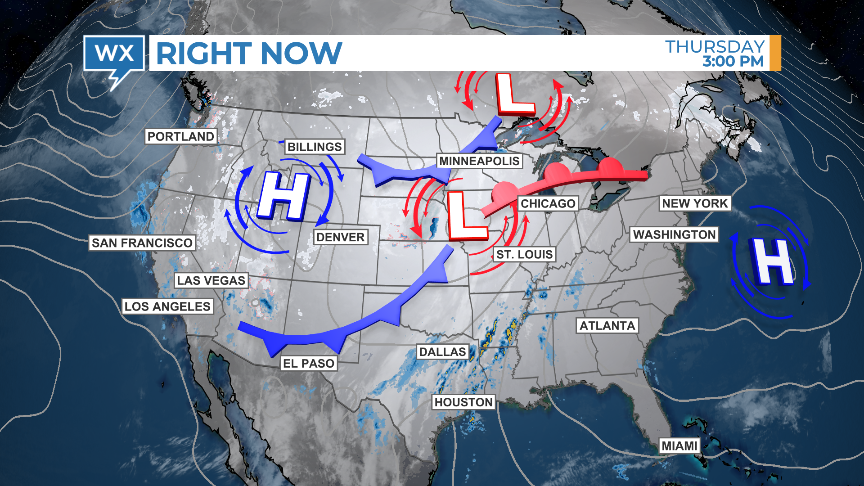
Change out the default icons in the Tropical Track to emphasize the threats from
tropical depressions, tropical storms, and hurricanes.

3D shapes in Max can be manipulated to create new Local Storm Report icons to mark the location of damaging winds, large hail, tornadoes, flooding, and other weather impacts.
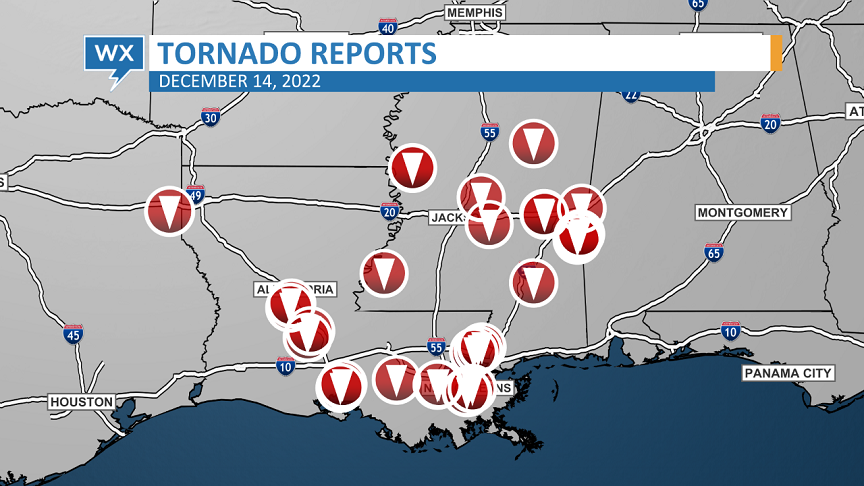
Use GIMP or another paint program to customize icons downloaded from the internet.
(Check licensing requirements and limitations first!)
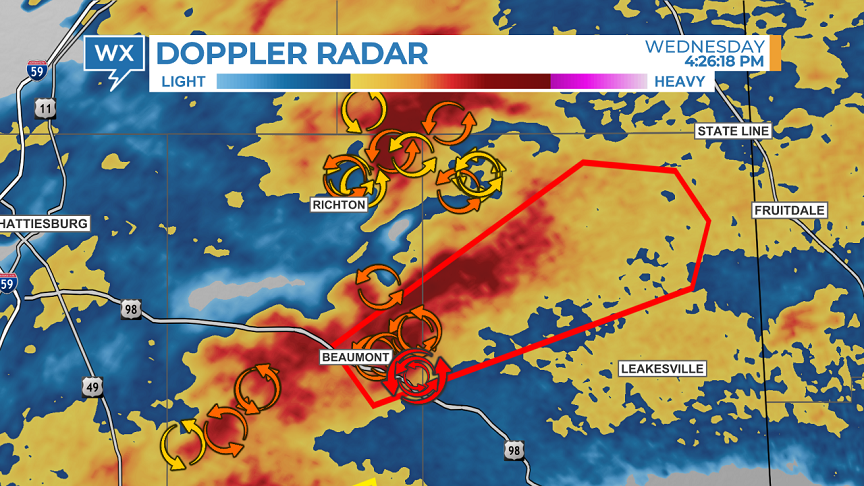
An explanation of how each of these Media Object icons was created will be discussed during the next HellerWeather webinar sponsored by The Weather Company.
The same webinar will be offered three times on Wednesday, January 25, to allow the entire weather team to learn this valuable skill. Follow along on your Max computer and create new Media Object icons from scratch.
Click here to register for the free webinar.
Tim Heller is an AMS Certified Broadcast Meteorologist, Talent Coach, and Weather Content Consultant. He helps local TV stations and broadcast meteorologists communicate more effectively on-air, online, and on social media.
